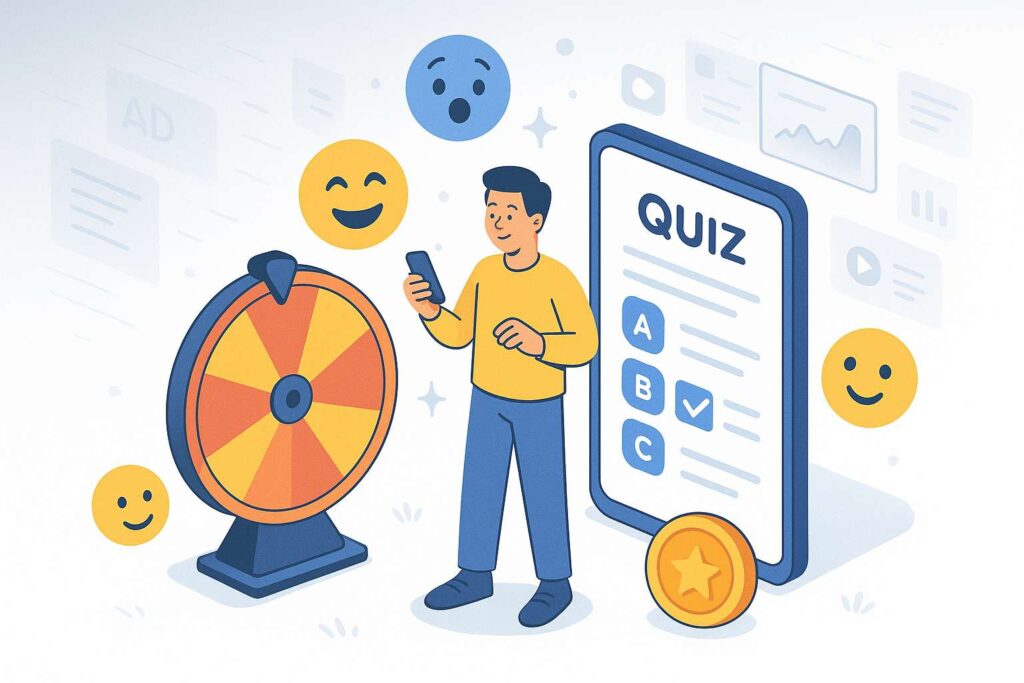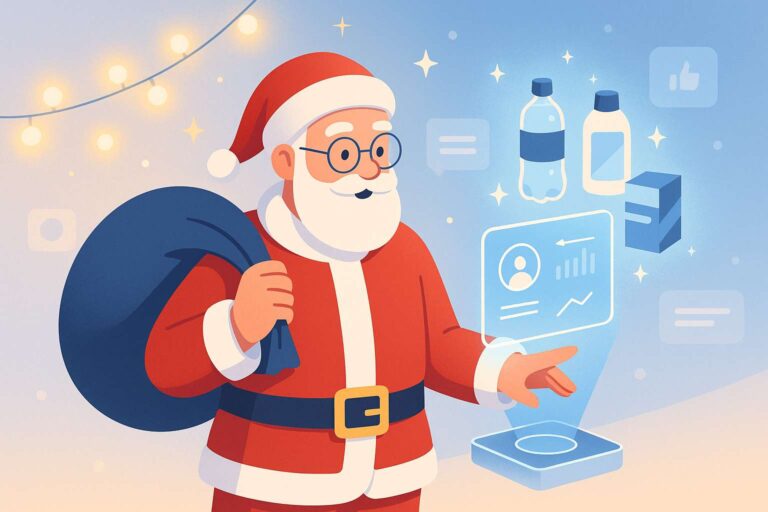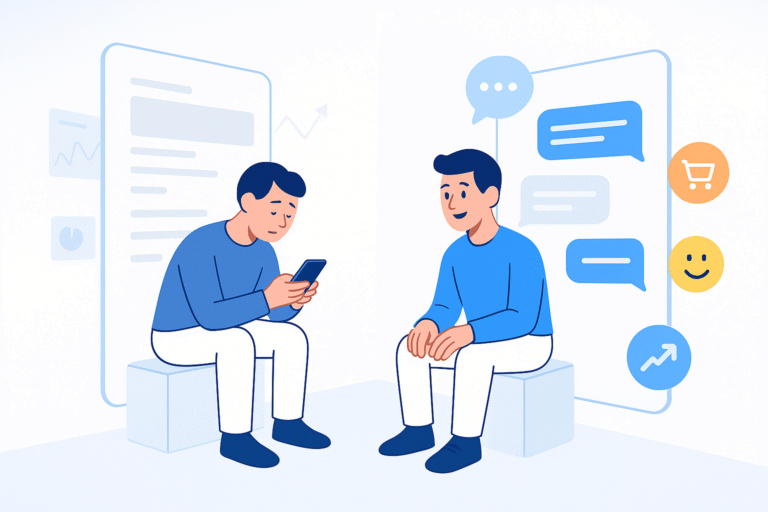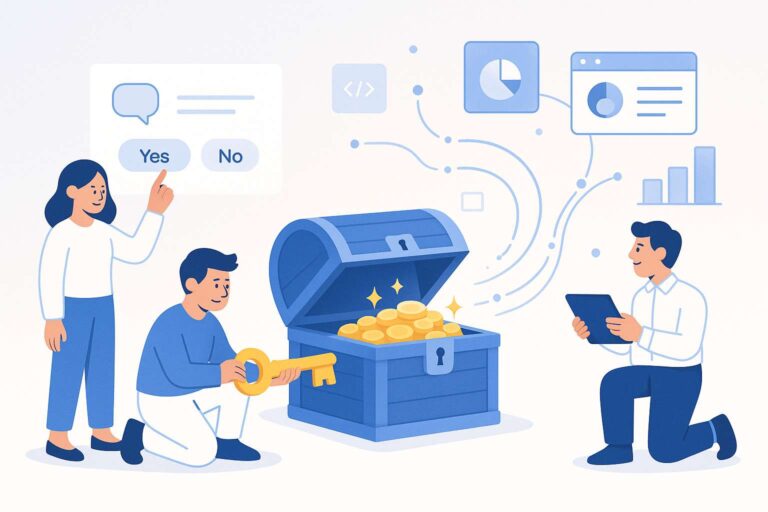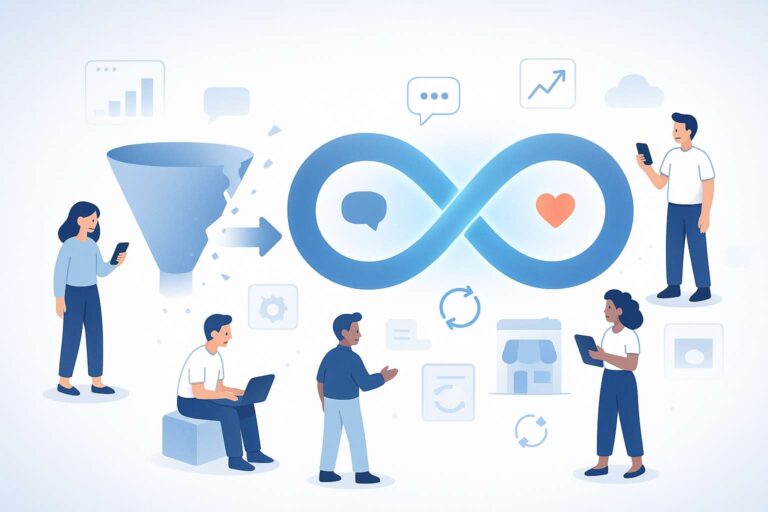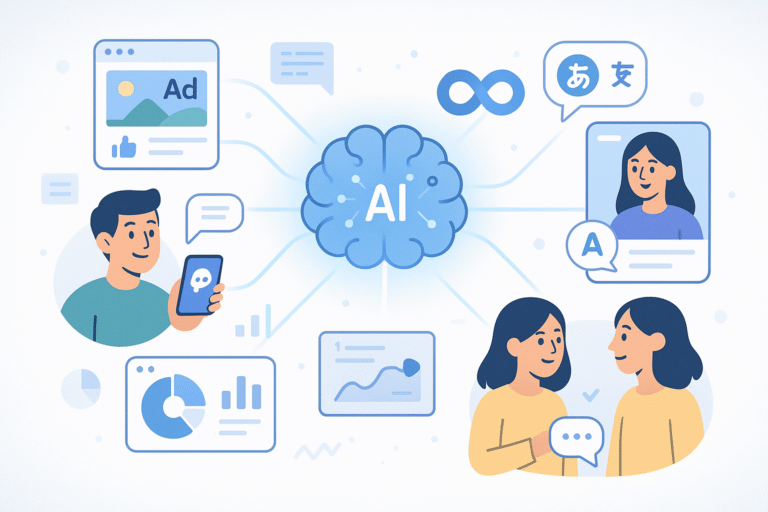We are being flooded with a vast amount of information. According to various studies, over 5,000 messages now reach people every day, and only a very small percentage of them are even consciously perceived at all. How does a company or a brand manage to attract the attention of consumers?
This is a challenge that those responsible for marketing in companies have to face. ‘Who does not advertise, dies’, that is a fact. But how do you advertise, or rather, how do you make sure that you get the undivided attention of the consumer? Gamification offers promising approaches to this.
What is gamification?
Gamification is the application of typical game elements in an unfamiliar context.
There is a natural play instinct in every person. When people play, they are usually very motivated and experience positive emotions. Gamification uses the smart approach of winning people over to a topic or product and coupling this with positive emotions.
This is how we all remember the days of Pokémon GO, a free augmented reality game with in-app purchases, where users tried to collect virtual goodies via their smartphones in order to score points. This is just one of many examples of how gamification attempts to influence customer behavior, in this case through in-app purchases and visiting specific retail locations.
A few examples of gamification
Here are some examples where gamification is the trigger to attract the user’s attention:
Example 1: Marketing quiz at the Marketing Day 2020 – arousing interest on Linkedin and via advertising banners
Which marketing type are you?

See also Use Case AUTOMATED DIALOGS & GAMIFICATION PROMISE A NEW COMMUNICATION EXPERIENCE FOR EVENTS
First of all, let’s look at the example of the Marketing Day 2020 of the Swiss Marketing Forum, which attracts around 1000 visitors every year. It was planned that the visitors of the Marketing Day 2020 – which unfortunately could not be carried out due to Corona – would be accompanied by a digital assistant through various chat dialogs throughout the entire customer journey and thus be offered a unique user experience. What does this look like in concrete terms?
With an amusing quiz (‘Which marketing type are you?’), a social media post from the Swiss Marketing Forum caught the attention of the user and for the first time, he was playfully involved in a chat dialog. The user was guided through the chat dialog, which was set up as a quiz. At the end of the quiz, the user was told which genre of marketer he belongs to: the clever salesman, the social hero, the content queen, the analytical data professional, or the real marketing professional.
Afterwards, the user was directly forwarded to another virtual chat about the Marketing Day. The user had satisfied his instinct to play and was now ready to be informed about Marketing Day 2020.
Which marketing type are you? Find out now: Marketing Quiz
Example 2: Wheel of Fortune on the website
Click on the wheel of fortune and win a discount voucher
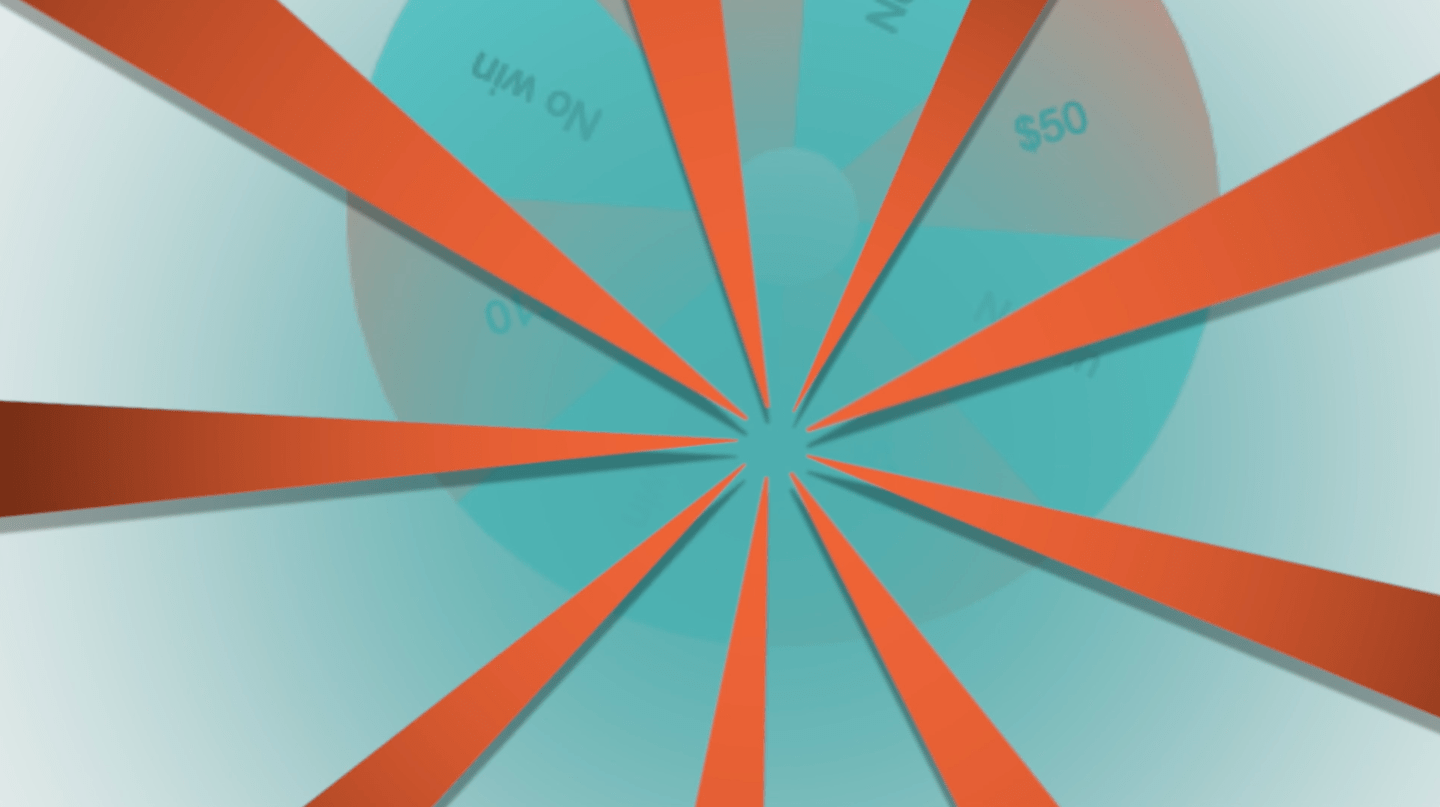
The campaign of a furniture store offers an example of how a playful element serves as an initial trigger. The primary goal was to collect e-mail addresses of prospective customers and give them a reason to visit the sales outlet or the online store.
Potential customers were informed via flyers that by turning a digital wheel of fortune they had the chance to win a discount voucher. All the prospective customers had to do was scan the QR code shown on the flyer with their smartphone, which then took them directly to the chat dialog. There the customer was asked to turn the digital wheel of fortune. The winners were then asked to specify the e-mail address to which the voucher should be sent electronically.
A great advantage of the digital wheel of fortune is that the chances of winning can be programmed and thus it can be determined in advance how many people will receive which prize.
Try your luck: Turn the wheel of fortune now!
Example 3: ‘Luzernerschiff’ – brightly colored party on the lake! Engagement Posts on Social Media
‘Which crew member are you?’, ‘Which drink suits you?’ and ‘Which party type are you?

‘Luzernerschiff’ is the largest party ship series in Switzerland and takes place every summer on Lake Lucerne. The party boats take hundreds of people who want to dress up and dance across the water. And those who still haven’t had enough at midnight can continue dancing in a club in town.
In order to attract the attention of potential partygoers, ‘Luzernerschiff’ uses various tests with the titles ‘Which crew member are you?’, ‘Which drink suits you?’ and ‘Which party type are you?’ Using a QR code on flyers, a link on their own website and social media and on the websites and social media of partner companies, a chat dialog can be called up that guides the user through a few questions in an amusing way and then announces whether the user is rather ‘the captain on board’, ‘the shot lover’ or ‘the star at every party’.
At the end of each of these three tests, the user is given the opportunity to obtain more information about the ‘Luzernerschiff’ by clicking and, with a little luck, winning one of 200 instant prizes. The chat dialog runs through the following contents:
- Promotional film about ‘Luzernerschiff’
- Information about the start date of the advance sale
Possibility to leave e-mail address or cell phone number to be reminded in time by e-mail or SMS of the sales launch. - Dates on which the party ship sets sail
Possibility to select a date and send an automated invitation to friends via e-mail or SMS for the respective party date. - Wheel of Fortune – another gamification element
Possibility to win a voucher for a drink on the party ship by turning the electronic wheel of fortune. Recording of the e-mail address for delivery of the electronic voucher. - Call to follow ‘Luzernerschiff’ on Instagram and Facebook
And which party type are you? Find out now!
Example 4: Quiz ‘Lord of the Rings’ as teaser
Do you have the courage to compete with Gandalf?
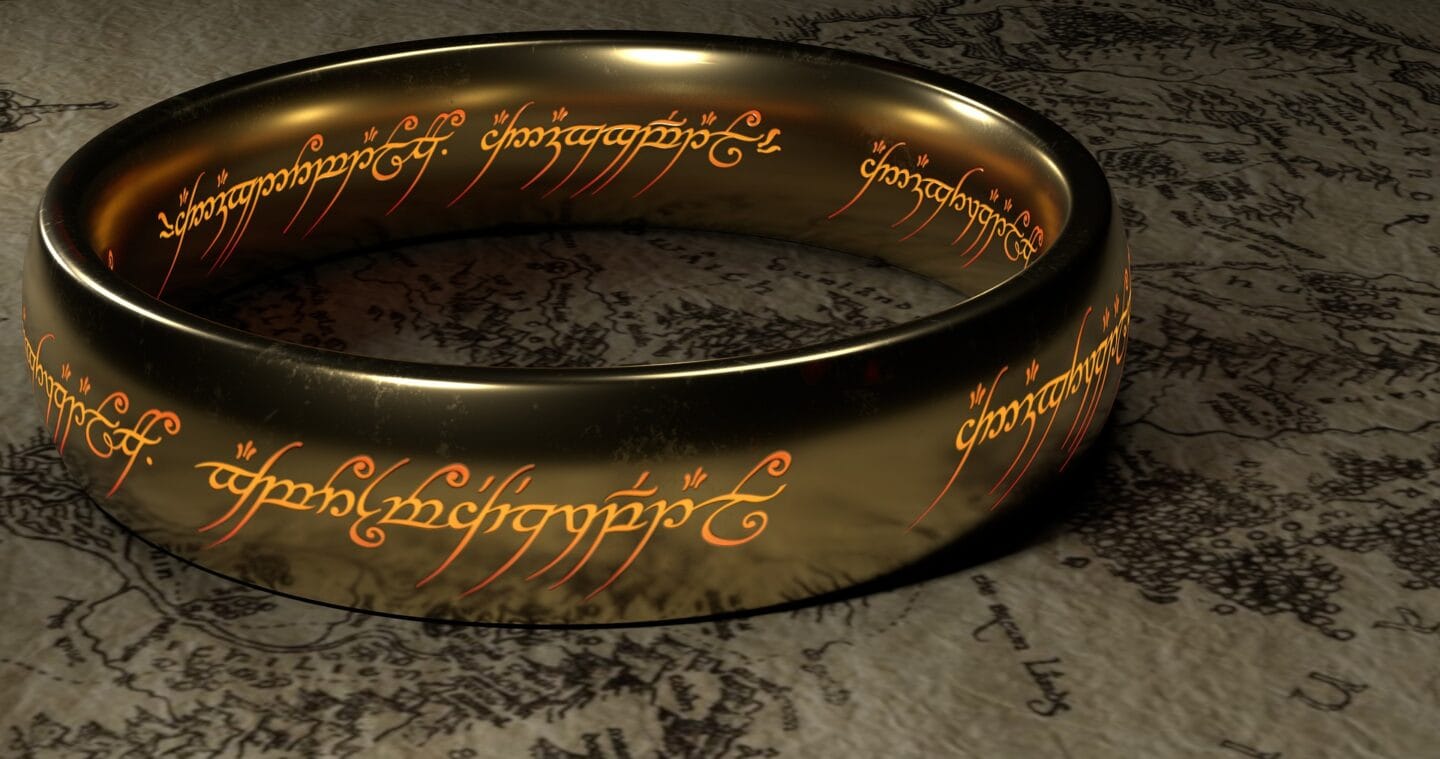
The following link leads you to the ‘Lord of the Rings’ quiz. This serves as an example of a game-typical element that can be used as an introduction to another topic (e.g. a survey on cinema attendance). Here you can see how a quiz can be animated by using pictures, sliders, and videos.
Do you dare to take up the challenge of Gandalf? Show him what you have got!
The target group in mind
The examples above show it: Gamification is about attracting the customer’s attention through playful elements, be it with a quiz or a wheel of fortune. It is important that the game is adapted to the target group, both in terms of visuals (colors, images, etc.), in terms of approach/tone (formal/informal) and in terms of the time spent by the user. In some cases, it may make sense to offer the user the possibility to skip the game and go directly to the content that we primarily want to convey to the user.
And what about you? Have you already thought about which content in your communication could make good use of gamification and thus generate more attention…?
Would you like to discuss how gamification could help your business?
